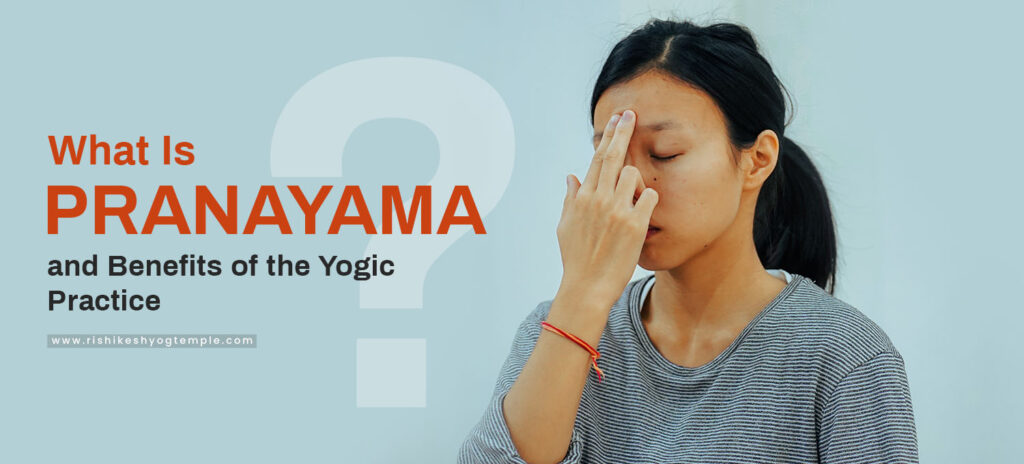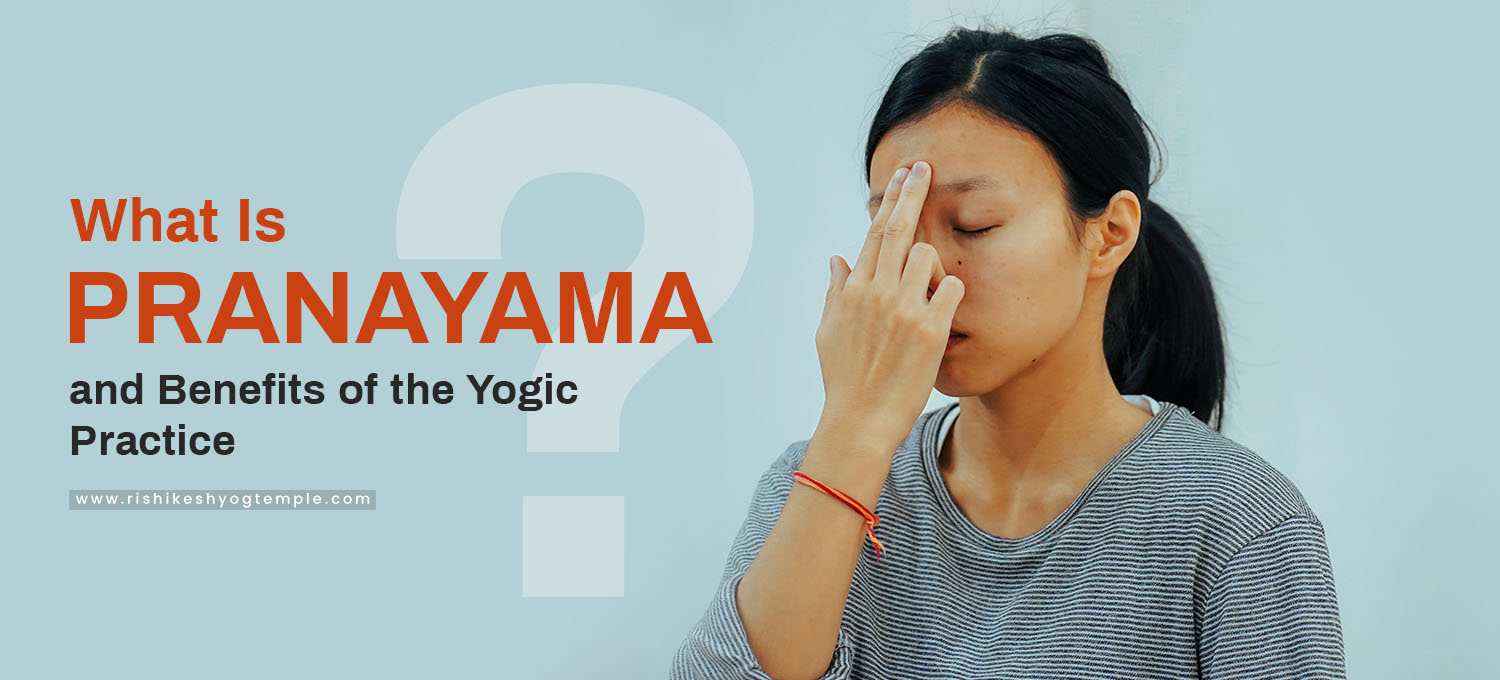
Unlocking Vital Energy: What is Pranayama and How It Benefits You
In today’s fast-paced world, finding moments of calm and balance can feel like a luxury. But what if I told you there’s an ancient practice, readily accessible and deeply effective, that can help you cultivate inner peace, enhance your well-being, and unlock your vital energy? That practice is pranayama.
Pranayama, often translated as “breath control,” is a cornerstone of yoga, extending far beyond simple breathing exercises. It’s a sophisticated system of techniques designed to regulate the flow of prana, the vital life force, within the body. Understanding what is pranayama is the first step toward harnessing its profound potential.
Delving Deeper: Understanding Pranayama
The word “pranayama” is derived from two Sanskrit roots: “prana” (life force, energy) and “ayama” (to extend, draw out, restrain). Therefore, pranayama is not just about controlling the breath; it’s about extending and mastering the life force itself. It’s a conscious effort to influence the subtle energy channels (nadis) within the body, leading to improved physical, mental, and spiritual health. [See also: Benefits of Deep Breathing]
The Core Principles of Pranayama
Several key principles underpin the practice of pranayama:
- Conscious Breathing: Unlike automatic breathing, pranayama involves paying close attention to each inhale, exhale, and retention.
- Regulation of Breath: Different techniques focus on altering the length, rhythm, and ratio of the breath.
- Energy Control: The ultimate goal is to influence the flow of prana within the body, clearing blockages and promoting balance.
- Mind-Body Connection: Pranayama acts as a bridge between the mind and body, calming the nervous system and promoting mental clarity.
The Science-Backed Benefits of Pranayama
While rooted in ancient tradition, the benefits of pranayama are increasingly supported by modern scientific research. Here’s a look at some of the key advantages:
- Reduced Stress and Anxiety: Studies have shown that pranayama techniques, such as alternate nostril breathing (Nadi Shodhana), can significantly reduce stress hormones like cortisol and alleviate anxiety symptoms. The controlled breathing activates the parasympathetic nervous system, promoting relaxation.
- Improved Respiratory Function: Specific pranayama exercises can strengthen the respiratory muscles, increase lung capacity, and improve oxygenation of the blood. This is particularly beneficial for individuals with asthma, bronchitis, or other respiratory conditions.
- Lower Blood Pressure: Certain pranayama techniques have been shown to lower blood pressure by calming the nervous system and reducing stress. Slow, deep breathing can have a profound impact on cardiovascular health.
- Enhanced Mental Clarity and Focus: By calming the mind and reducing mental chatter, pranayama can improve concentration, focus, and cognitive function. It can also enhance memory and learning abilities.
- Improved Sleep Quality: Practicing pranayama before bed can promote relaxation and reduce anxiety, leading to improved sleep quality. Techniques like Bhramari (Bee Breath) are particularly effective for calming the mind and preparing the body for sleep.
- Pain Management: Pranayama can help manage chronic pain by reducing inflammation, relaxing muscles, and promoting the release of endorphins, the body’s natural painkillers.
Popular Pranayama Techniques to Get You Started
There are numerous pranayama techniques, each with its unique benefits. Here are a few popular practices to get you started:
Nadi Shodhana Pranayama (Alternate Nostril Breathing)
This technique involves alternately closing one nostril while inhaling and exhaling through the other. It’s known for its calming effect on the nervous system, balancing the left and right hemispheres of the brain, and reducing stress and anxiety. To practice Nadi Shodhana pranayama, sit comfortably, close your right nostril with your right thumb, inhale deeply through your left nostril. Close your left nostril with your ring finger, release your thumb, and exhale through your right nostril. Continue alternating nostrils for several minutes.
Bhastrika Pranayama (Bellows Breath)
Bhastrika pranayama involves forceful and rapid inhalations and exhalations, like a bellows. This technique generates heat in the body, stimulates metabolism, and increases energy levels. It’s important to practice Bhastrika with caution, especially if you have high blood pressure or anxiety. [See also: Yoga for Beginners]
Kapalabhati Pranayama (Skull Shining Breath)
Kapalabhati involves forceful exhalations followed by passive inhalations. This technique is believed to purify the frontal lobes of the brain, improve concentration, and energize the body. It’s also beneficial for clearing the sinuses and improving digestion. Like Bhastrika, Kapalabhati pranayama should be practiced with caution.
Ujjayi Pranayama (Victorious Breath)
Ujjayi involves a slight constriction of the throat during inhalation and exhalation, creating a soft, ocean-like sound. This technique calms the mind, reduces stress, and promotes relaxation. It’s commonly practiced during yoga asana to regulate breath and maintain focus. The gentle sound produced during Ujjayi pranayama helps to anchor the mind in the present moment.
Brahmari Pranayama (Bee Breath)
Brahmari involves making a humming sound during exhalation, resembling the sound of a bee. This technique calms the mind, reduces anxiety, and improves sleep quality. It’s also believed to have a soothing effect on the nervous system and can help lower blood pressure. To practice Brahmari pranayama, close your ears with your thumbs, gently close your eyes, and exhale while making a humming sound.
Integrating Pranayama into Your Daily Life
The beauty of pranayama is that it can be practiced almost anywhere, anytime. You don’t need any special equipment or a dedicated studio. Here are some tips for integrating pranayama into your daily routine:
- Start Small: Begin with just a few minutes of practice each day and gradually increase the duration as you become more comfortable.
- Find a Quiet Space: Choose a quiet and comfortable space where you won’t be disturbed.
- Focus on Your Breath: Pay close attention to your breath and let go of any distractions.
- Be Patient: It takes time and practice to master pranayama techniques. Be patient with yourself and don’t get discouraged if you don’t see results immediately.
- Listen to Your Body: If you experience any discomfort, stop practicing and consult with a qualified yoga instructor.
Precautions and Considerations
While pranayama is generally safe, it’s important to be aware of certain precautions:
- Consult with a Healthcare Professional: If you have any underlying health conditions, such as high blood pressure, heart disease, or respiratory problems, consult with a healthcare professional before starting pranayama.
- Practice Under Guidance: It’s recommended to learn pranayama techniques from a qualified yoga instructor, especially if you’re new to the practice.
- Avoid Overexertion: Don’t push yourself too hard, especially when practicing more advanced techniques.
- Listen to Your Body: Pay attention to your body’s signals and stop practicing if you experience any discomfort or pain.
The Future of Pranayama
As scientific research continues to validate the numerous benefits of pranayama, its popularity is likely to grow. More and more people are discovering the power of breath control to enhance their physical, mental, and spiritual well-being. From stress reduction to improved respiratory function, pranayama offers a holistic approach to health and wellness that is accessible to everyone. Understanding what is pranayama is just the beginning of a journey toward a more balanced and fulfilling life. The practice of pranayama is a powerful tool for self-discovery and transformation, and its potential is only beginning to be explored. Pranayama is a gift that we can give ourselves, a daily practice that can unlock our inner potential and lead us to a more peaceful and fulfilling life. Incorporating pranayama into your routine can transform your well-being. The essence of pranayama lies in its ability to connect us to our inner selves.

